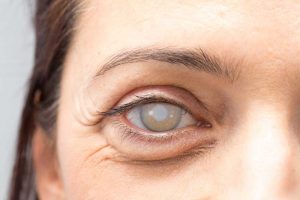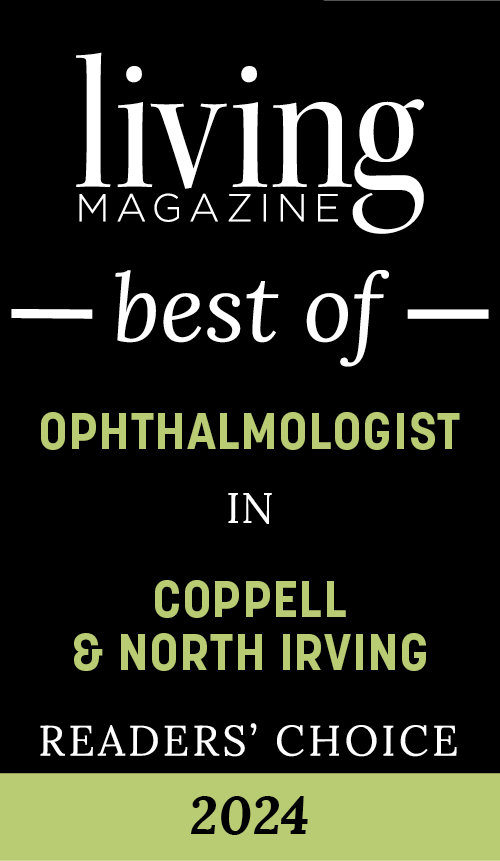
Cataract surgery is often a good option for people whose daily lives are affected due to cataracts whether it be blurry vision, difficulty doing up close tasks, driving at night, etc. It’s a safe outpatient procedure that typically takes less than 30 minutes.
During the surgery, an anesthesia doctor makes sure you are comfortable with IV medication. Dr. Kuriachan will also numb your eye. He makes a small incision on the front of your eye and removes the clouded lens. Then, he inserts the artificial lens, called an intraocular lens (IOL).
Your eye may take up to 4-8 weeks to heal. In the first few days, it may feel sore, itchy, or have a foreign body sensation. Dr. Kuriachan will give you written instructions and go over all the steps to minimize infection and promote healing.
After cataract surgery, most patients will see more clearly. Depending on your eyes and vision prescription, Dr. Kuriachan will discuss the best IOL option for you.
The American Academy of Ophthalmology provides a great summary of what you can expect: https://www.aao.org/eye-health/diseases/what-is-cataract-surgery
What types of intraocular lenses (IOLs) are available?
When we remove your cataract, we replace it with an artificial lens. Your needs, health of your eye, and lifestyle can help determine what lens will be best for you.
There are the things that need to be corrected for your eye to see well:
- Power
- Astigmatism (if you have it)
- Intermediate Vision & Near Vision
If you want to see well far away (watching TV, driving)- you will need to correct BOTH the Power and Astigmatism (if you have it). If you want to see better for intermediate and near vision- you will need to correct that as well. Intermediate Vision means the computer or car dashboard. Near vision means seeing anything you can touch – reading books, doing crossword puzzles, seeing your food, stitching, etc.
At the Kuriachan Eye Institute, the following Lens Choices Offered to help meet your needs:
Choice 1 – Lifestyle Lens
- Gives you the best chance to see near and far as it corrects for all three
- May only need readers for very small print (like a medicine bottle)
- Less than 1% of patients can experience halos that are bothersome
- This lens is not covered by insurance
- May require “neuro-adaptation” where the brain takes time to learn to use the new lens
Choice 2 – Astigmatism Lens
- This will correct power and astigmatism and give you the best distance vision without any glasses
- You may need readers for intermediate/near vision and tasks
- This lens is not covered by insurance.
Choice 3 – Blended Vision
- Gives you the chance to see near and far by using slightly different power lenses in each eye.
- The brain will adapt to see at most distances
- An option if you do not qualify for Choice 1 or are looking for a less expensive choice.
- This lens is not covered by insurance
Choice 4 – Monofocal
- This only corrects the power. So, if you have astigmatism, you will still need glasses to see far away.
- You may need bifocals or readers for near vision and tasks
- This lens is included in your surgery with no additional out of pocket cost.
Our goal is to make sure you are happy with whichever choice you pick. We want you to be educated and make the best decision for you.










